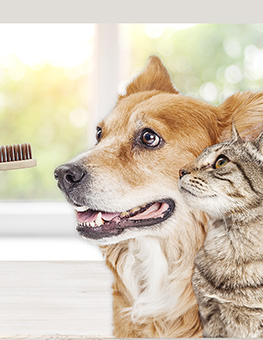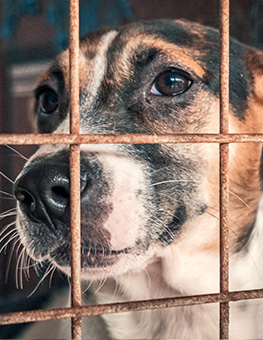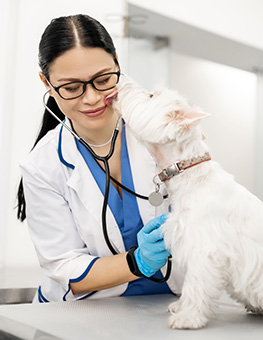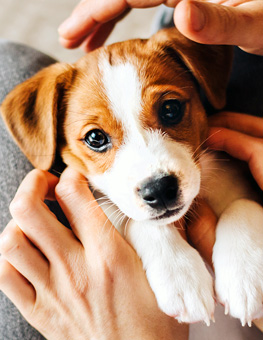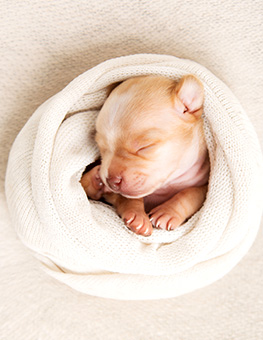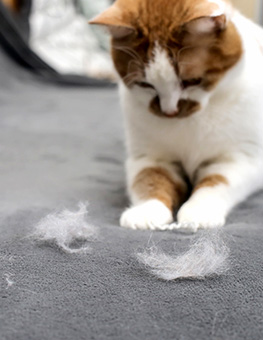Separation Anxiety
Dogs that experience separation anxiety can be trained to overcome their fears.
It happens every time you leave the house. Your normally sweet Fido morphs into a canine catastrophe: chewing, barking, urinating, destroying household items and terrorizing your other pets. Upon your return, Fido greets you with unrestrained exuberance – as if you’ve been gone for weeks, not hours - then shadows you making sure you don’t disappear again.
Many times, this behavior can be a health issue or simply poor training. However, it can also be a sign that your dog is suffering from separation anxiety. Ranging from mild anxiety to full blown hysteria, separation anxiety takes root in the simple premise that your dog fears abandonment every time you walk out the door.
Some symptoms include:
- Destructive or inappropriate behavior that occurs only when your dog is separated from you.
- Your dog becomes unduly agitated and may drool, pace or bark as you prepare to leave.
- Your dog remains anxious even if other family members remain in the house. For this reason, adding another pet to the home rarely solves the problem.
- After you return, your dog spends hours glued to your side, refusing to leave for even a few moments.
There are many causes of separation anxiety including a past trauma, such as a neglectful owner, or the death of a close family member. Moving or a change in routine, such as returning to work full time, also may be a trigger.
Treatment
These remedies take time to establish, but can resolve mild separation anxiety:
- Establish a safety signal. This is a common treatment for separation anxiety. For example, if you tell your dog “I’m going to leave, but I’ll be coming back,” every time you leave, he will eventually associate that cue with your eventual return.
- Give your dog a distraction. Boredom can contribute to separation anxiety. Give your dog something to take his mind off your absence. A special toy filled with peanut butter or another favorite treat is a great distraction.
- Leave out dirty laundry. Your scent is important to your dog. An article of dirty laundry can be comforting and remind him of your presence.
For more serious cases:
- Create a “safe zone”. Generally, crates do not work for this purpose. A room where he can roam free, and has minimal outdoor distractions, works best. Be sure to leave him with toys and an article of clothing.
- Give your pet some distance. Paying too much attention to your dog can be counter-productive. Try ignoring him for a few minutes after you arrive home, and then give him a treat and some affection. Keep him from sleeping on your bed at night to help condition him to spending time alone.
- Medicate. Your veterinarian can prescribe safe, anti-anxiety medication that’s non-sedating and will help him get through the day. These medications are often used in conjunction with behavior modification and can greatly increase the chances of success. A consultation with your veterinarian or a veterinary behaviorist is a good place to start.
Dogs can and do overcome separation anxiety. Over time, patience and training can provide relief for you and your pet.



